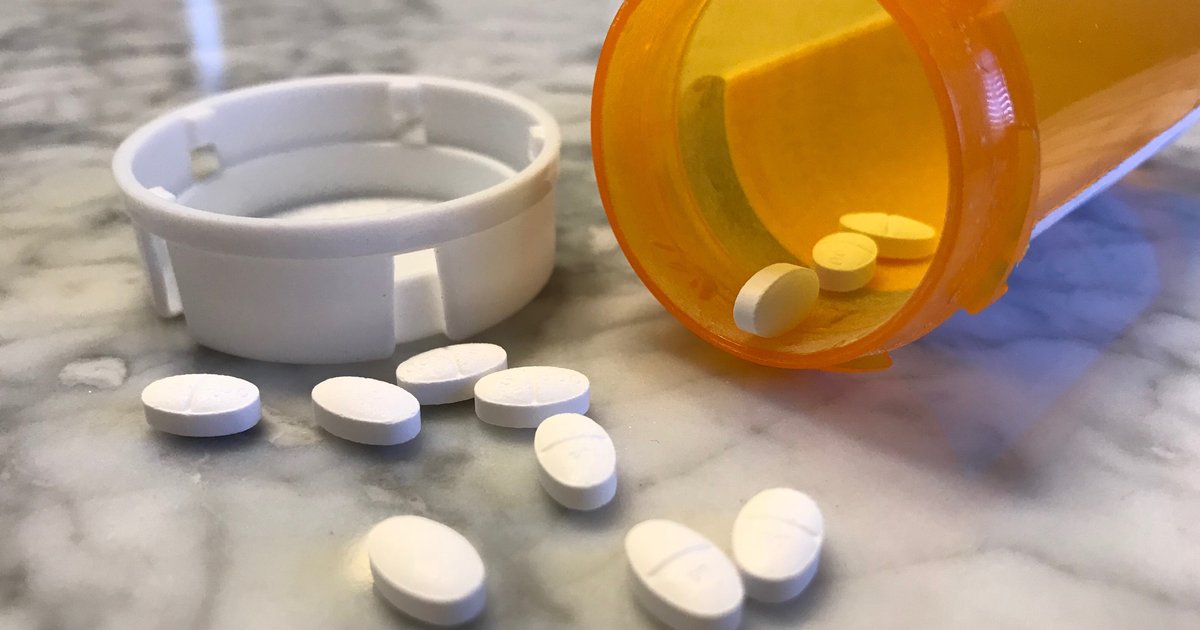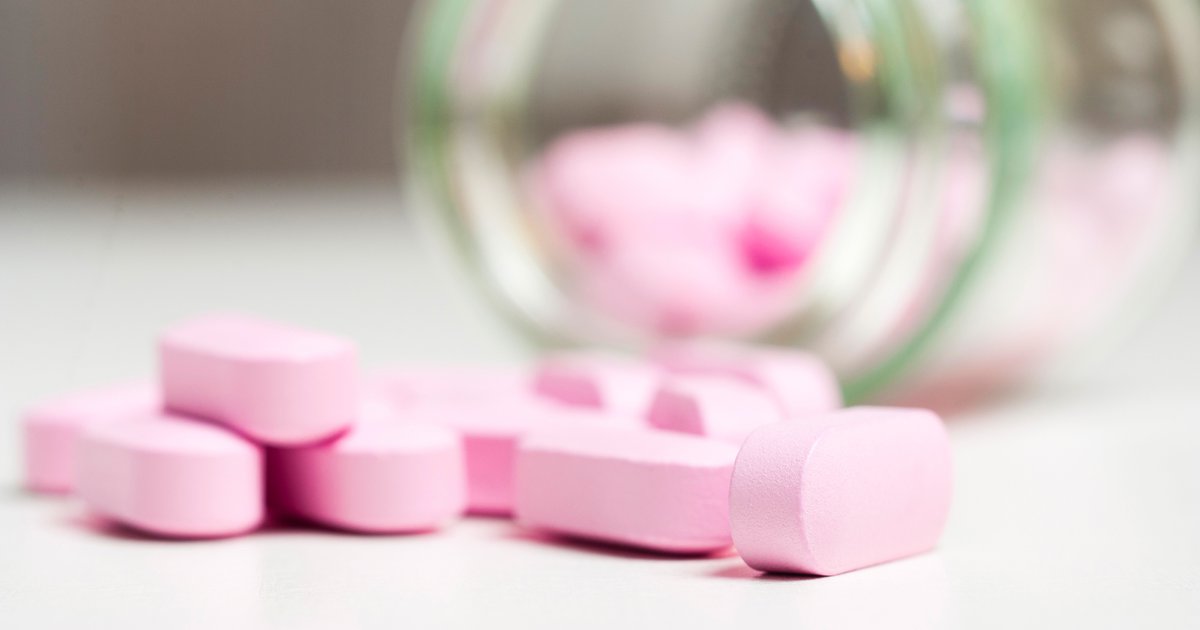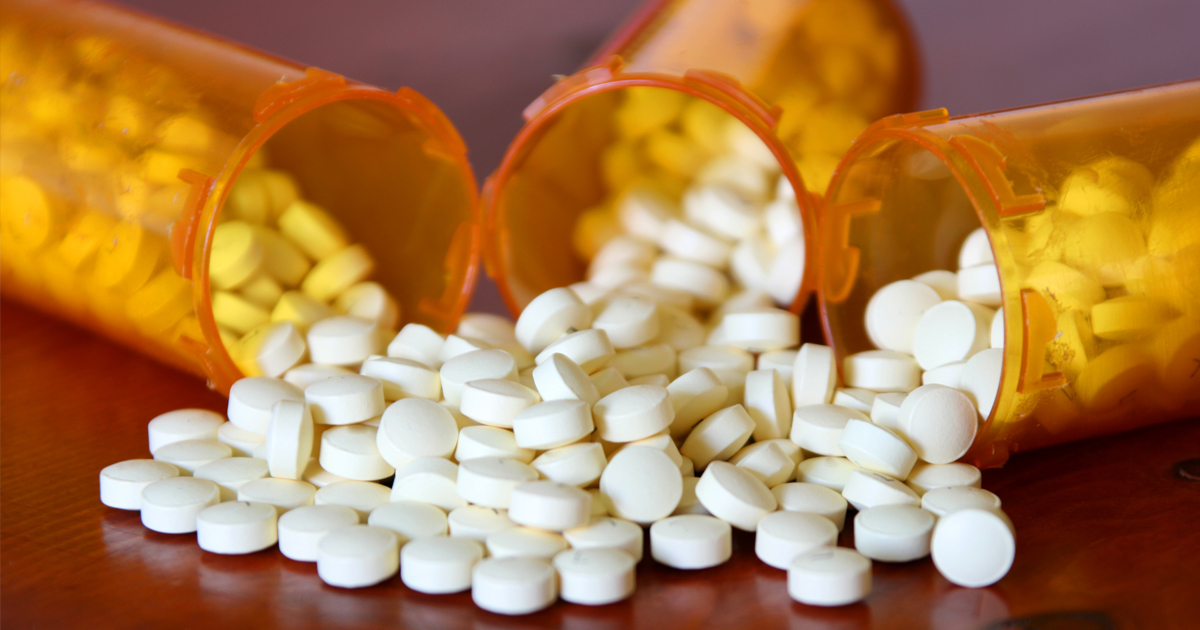How Is Pityriasis Rubra Pilaris Treated?
Pityriasis rubra pilaris is a group of illnesses that cause the skin to be constantly inflamed and scaled. Depending on the specific condition, a patient's entire body may be affected, or they may only experience symptoms on certain portions of the body. Some manifestations of pityriasis rubra pilaris also involve thickened skin on the palms of the hands and soles of the feet, abnormalities in nail growth, and hair thinning. Individual manifestations of pityriasis rubra pilaris are differentiated based on the areas affected, other present conditions, and the age of the patient at symptom onset. Both adults and children can experience this condition.
It's important to note that since pityriasis rubra pilaris is a group of related illnesses, a treatment that works for one type may not work for another. Get familiar with the most common options now.
Topical Corticosteroids

One of the most common methods of treating pityriasis rubra pilaris is through topical corticosteroids. The body naturally produces hormones called corticosteroids in the adrenal glands. Corticosteroid medication is a synthetic version of the body's natural corticosteroid hormones. As such, the medication has the same effects as natural corticosteroids. Topical corticosteroids are medications applied directly to the skin, rather than ingested orally or administered intravenously. The medication uses powerful anti-inflammatory properties to counteract skin inflammation. In addition, the medication suppresses the immune system's response. Inflammation occurs when the immune system floods the skin with histamines because it believes the body is under attack. While some corticosteroids treat the entire body, topical medications affect only the patch of skin they are applied to.
Uncover more options for treating pityriasis rubra pilaris now.
Oral Retinoids

While a topical treatment option is a favored way to reduce symptom discomfort, many patients also benefit from additional oral medication. Additional medicines are particularly important for individuals with large areas of affected skin. The first medicines used are generally oral retinoids, which are commonly prescribed when topical medication alone can't fully control the condition. The medication slows the rapid growth of skin cells, which helps reduce the amount of scaling and skin thickening in patients. In addition, the medication reduces swelling and redness throughout the body, rather than focusing on just one patch of skin. An oral retinoid is often prescribed with other inflammatory skin conditions and scaling skin conditions. Most commonly, the treatment is used for psoriasis patients.
Understand more about how to treat pityriasis rubra pilaris now.
Immunosuppressants

Immunosuppressants are a class of medication that suppresses the immune system. The inflammatory response in pityriasis rubra pilaris is partly attributed to an overactive immune response. By inhibiting the immune system, the body is flooded with fewer inflammatory chemicals, which leads to less pain and discomfort. Typically, a dermatologist would prescribe a retinoid before using immunosuppressants. Retinoids have fewer potential side effects, but immunosuppressants are a good option for patients who cannot take retinoids, or patients for whom retinoids no longer work. Immunosuppressants do weaken the overall immune system, so the patient's body may become more susceptible to illness and infection. These medications are so good at suppressing harmful immune responses that they're also used to lower the risk of rejection after an organ transplant.
Discover additional options for treating pityriasis rubra pilaris now.
Biologic Therapies

Though there have been limited studies regarding the treatment's effectiveness, some patients may benefit from biologic therapies. This isn't a mainstream treatment for pityriasis rubra pilaris, but it has shown promise. Studies regarding the direct effect of biologic drugs on pityriasis rubra pilaris are limited because of the disease's rarity. However, there has been research done regarding the effect on psoriasis, which presents with very similar symptoms. Biologics are protein-based drugs created from cultures of living cells in a laboratory. Rather than suppressing the entire immune system, biologics target only specific portions of the immune system. Different biologics target different aspects of the immune system based on whatever part is causing problems. The biologics for psoriasis block certain proteins and immune cells from developing, which play a major role in the development of psoriasis symptoms. Similar treatments could be used to block the development of pityriasis rubra pilaris symptoms without compromising the entire immune system.
Continue reading to reveal more treatments for pityriasis rubra pilaris now
Emollients

Emollients, otherwise known as moisturizers, are substances that keep an individual's skin moist. The moisturizer covers the outer layer of skin with a protective film that locks in water. These substances are an essential part of skin care for patients with skin conditions like pityriasis rubra pilaris and psoriasis. The protective film helps other topical medications penetrate deeply rather than sliding off the skin. The moisture keeps skin from drying out and softens cracks. Less dry skin leads to less inflammatory itching. The substances also reduce overall scaling on the skin. Because pityriasis rubra pilaris causes skin cells to reproduce at abnormally rapid rates, the skin doesn't have the built-in protection necessary for health. Emollients help create a layer of protection to replace the lost function. Some soothing moisturizers can also ease pain and burning through cooling effects.